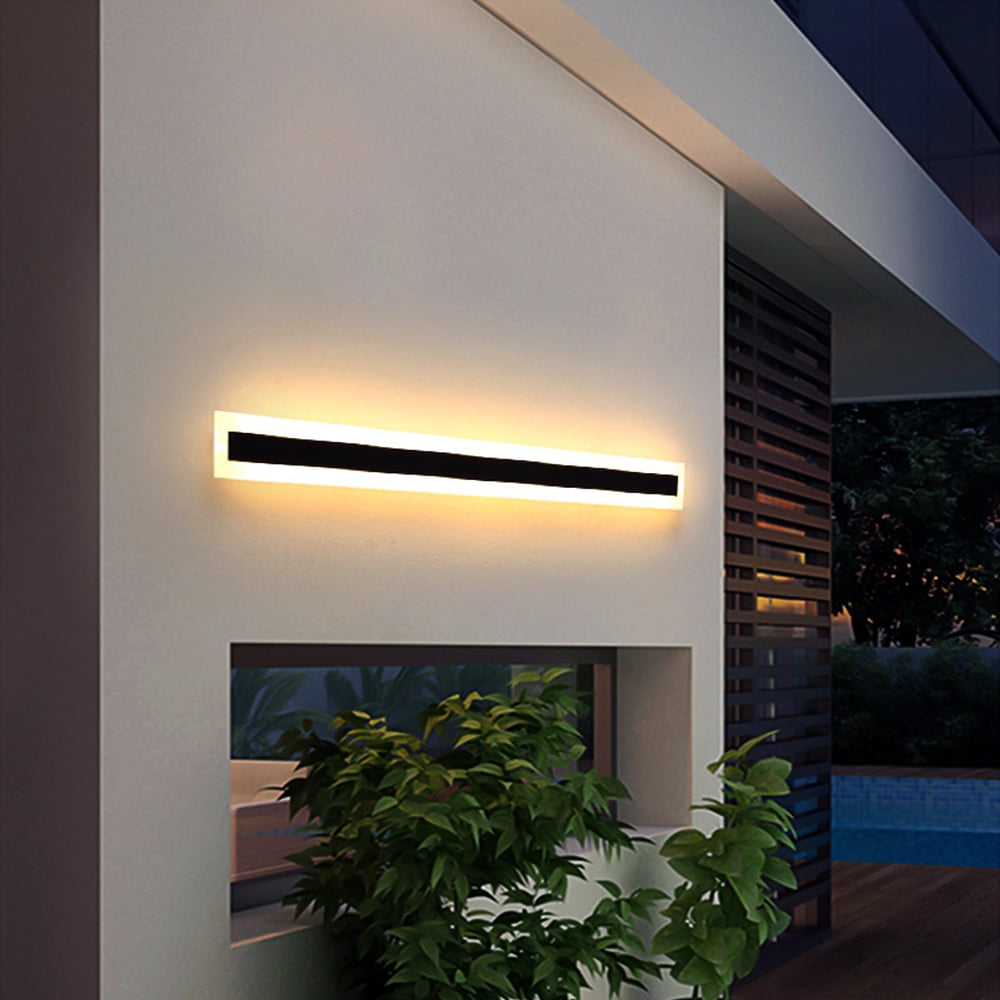LED wall units have gained traction for their capacity to deliver crisp imagery in various settings, from professional environments to entertainment venues. One of the primary aspects of these systems is their interface capabilities, which allow users to connect them to different devices and systems. Comprehending the broad input options supported for Light Emitting Diode wall panels is essential for maximizing their use and effectiveness. This article explores these options, highlighting how they can cater to various needs and preferences.

One common interface approach for Light Emitting Diode wall panels is High-Definition Multimedia Interface. High-Definition Multimedia Interface is broadly recognized for delivering crisp video and audio signals between components. This interface type is particularly useful in business environments, such as conference rooms or training rooms, where visual content or video content are often shared. By using HDMI cables, operators can seamlessly link laptops, projectors, and streaming equipment to Light Emitting Diode wall panels, ensuring a sharp and dynamic display of information.
Another popular interface method is DisplayPort, which is similar to High-Definition Multimedia Interface but offers enhanced advantages. DisplayPort can support elevated refresh rates and resolutions, making it an excellent choice for interactive media or graphic-intensive applications. For those using Light Emitting Diode wall panels in environments where output quality is essential, such as esports arenas or design studios, Display Port can provide the necessary visual quality. Moreover, many contemporary computers and graphics cards feature DisplayPort connections, making it a practical solution for technology-oriented users.
In addition to High-Definition Multimedia Interface and DisplayPort, wireless transmission options are becoming progressively common in LED wall panel technology. Wireless interfaces allow operators to share content without the need for physical cables, enabling a streamlined and more adaptable setup. Technologies such as Wi-Fi and Bluetooth allow users to link smartphones, tablets, and laptops seamlessly to LED wall panels without cumbersome wires. This versatility is particularly beneficial in dynamic environments like exhibitions or live functions, where get redirected here rapid adjustments to displays are often needed.
For larger installations or more complex configurations, LAN integration through Ethernet is another reliable option. Ethernet links provide a consistent and robust way to integrate multiple LED wall panels within a network. This setup is ideal for electronic display applications found in retail centers or airports, where numerous panels may need to display synchronized content across a broad area. By using Ethernet cables and routing hardware, users can ensure that all connected panels receive uniform updates and content efficiently.
Finally, it's crucial to evaluate the evolution of connectivity with technologies such as USB-C and Thunderbolt Three. These next-generation interfaces offer enhanced data transfer speeds and versatility by allowing one cable to handle both energy transfer and data exchange. As more systems incorporate these protocols, LED wall panels equipped with USB-C ports will likely become more common. This evolution in connectivity not only enhances visit the website the functionality of Luminescent Diode wall panels but also aligns with the emerging trend of minimalistic design in hardware arrangements by minimizing the number of wires required.
In summary, examining the broad interface methods accessible for Light Emitting Diode wall panels uncovers many possibilities for users across various fields. From traditional methods like HDMI and DisplayPort to modern cordless technologies and LAN setups, each pathway serves unique purposes tailored to specific needs. Furthermore, emerging technologies like USB-C promise further advancements in how users interact with LED wall panels. By grasping these integration alternatives, end-users can make strategic selections that optimize their overall engagement with these versatile display tools.